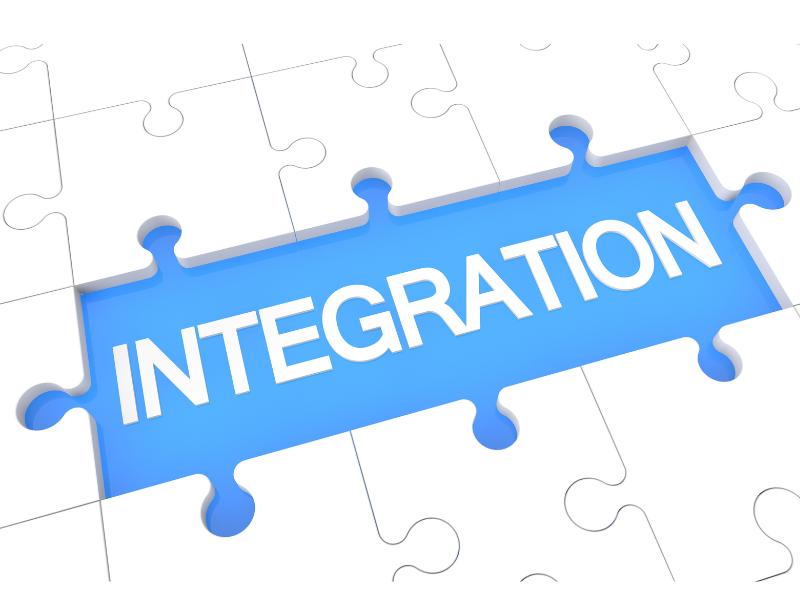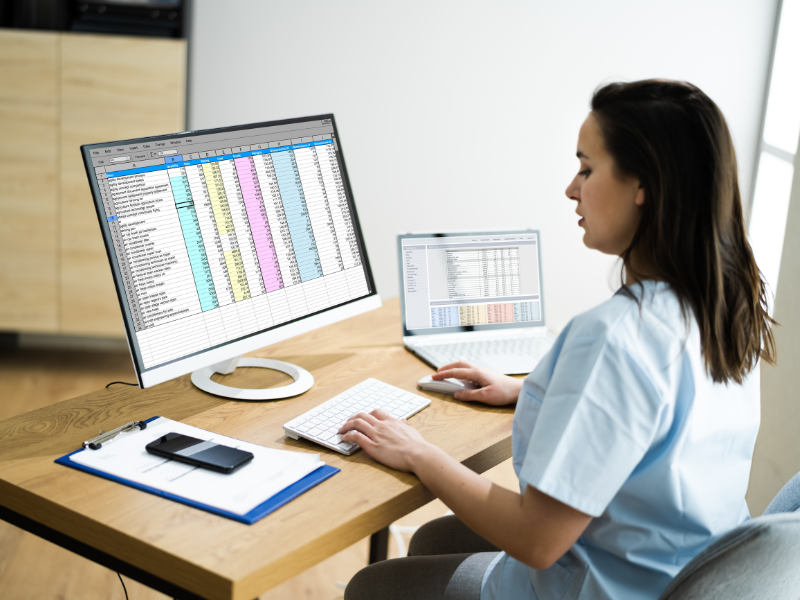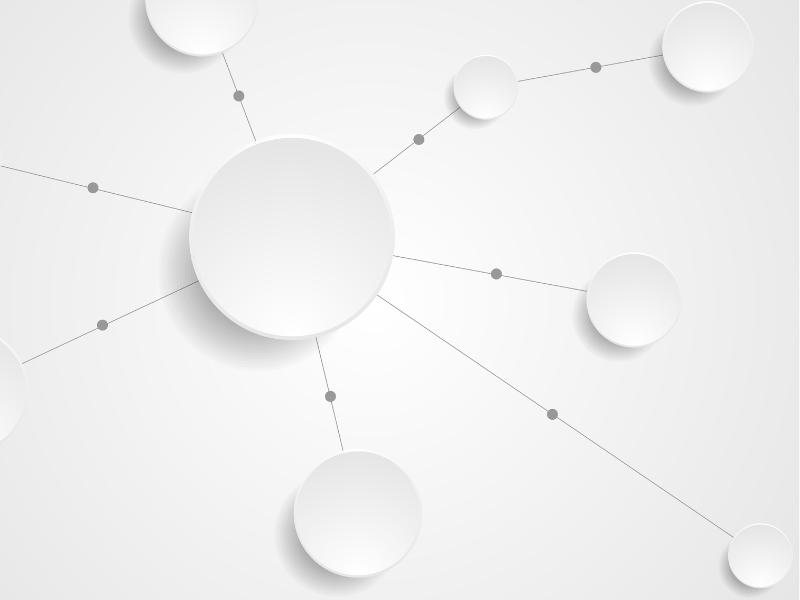Integration in health systems ensures that every data sent and received is up-to-date and error-free. It reduces the risk of discrepancies, avoiding potential situations that can disrupt workflow or cause harm.
This post explains why implementing HL7 integration is necessary and how it can significantly help improve the quality of healthcare delivery.
Table of Contents

What Is HL7 Integration?
HL7 Integration is the process of connecting healthcare systems, applications, and devices using the HL7 (Health Level Seven) standards for exchanging electronic health information. Integrating these information systems enables healthcare IT systems to share patient data with one another more efficiently and securely.
What Are HL7 Standards?
HL7 standards are healthcare messaging standards established by the non-profit organization Health Level Seven International. Health Level Seven represents the application level or seventh level of the Open Systems Interconnection (OSI) model. Research published in PLOS ONE mentions that HL7 standards aim to ensure that everyone who needs it can access and use accurate health data securely.
HL7 standards can be likened to a set of rules of how healthcare systems should communicate with each other. They define the format, structure, and content of electronic messages exchanged among different healthcare applications so they can understand each other.
For a long time, HL7 version 2 has been the widely used and implemented standard for exchanging healthcare data. It’s supported by many organizations worldwide, including government authorities, healthcare providers, and consulting firms. It covers various areas like patient administration, laboratory orders and results, and public health reporting.
The newer HL7 standard is FHIR (Fast Healthcare Interoperability Resources), which was developed in 2012. According to the Office of the National Coordinator for Health Information Technology (ONC), it utilized modern approaches to health information exchange. FHIR considers the growing amount of healthcare data and the rise of smartphone apps.
FHIR aims to create a standardized framework that would help facilitate the development of innovative healthcare applications.

HL7 Integration Implementation and Best Practices
There are several HL7 integration methods, including:
Point-to-point interfaces
This method establishes direct interfaces between individual systems using HL7 messaging. Each system is connected to a counterpart system through customized interfaces. For instance, a hospital can implement a direct HL7 interface between its electronic health record (EHR) system and LIS. When a physician orders lab tests through the EHR, the order is transmitted directly to the LIS using HL7 messages. The lab results are then sent back to the EMR through the same interface. This method is simple to implement but hard to manage as the number of interfaces increases.
Middleware or integration engines
Middleware or integration engines are software for managing HL7 messaging among multiple systems. The middleware acts as a centralized hub for managing HL7 messaging and data exchange among EHRs, radiology systems, and the like.
Health Information Exchange
Participating entities in the HIE often use HL7 messaging protocols to share healthcare data. HIE are networks that exchange healthcare data among different systems and organizations within a geographic region or community. According to the Office of the National Coordinator for Health Information Technology (ONC) website, HIE allows healthcare professionals and patients to access and share patients’ medical histories electronically and securely.
HL7 Integration Services
Some organizations use HL7 integration services to connect their systems with those of other healthcare organizations. Some of these services include Cabot, which develops HL7 interface solutions, and Capminds HL7 integration engine, which allows existing applications to create HL7 interfaces. These are only a few of the options available, but you should conduct your own research to determine the best fit for your needs.

The Importance of HL7 Integration
HL7 integration enables interoperability between disparate systems. It requires converting data formats to a standardized HL7 format to ensure compatibility between systems. It also requires developing interfaces and connectors that enable communication between different healthcare systems and apps. These interfaces interpret HL7 messages, extract relevant data, and route it to the intended destination. HL7 integration can also automate workflows. For example, HL7 messages can trigger automated alerts in response to events like new patient admissions, lab results, or medication orders.
The Challenge of HL7 Integration
Integrating different information systems in healthcare is crucial but challenging. Information systems such as electronic medical records (EMRs), laboratory information systems (LIS), and radiology systems make patient care more efficient if they work together.
However, healthcare providers often use different information systems from various vendors, each with its own format, protocols, and interfaces. For instance, a clinic may use Epic as their EMR. If a patient transfers to another clinic, the new clinic can simply request that the data be transferred to their Cerner EMR. HL7 integration bridges the gaps between the EMR systems to enable seamless data exchange.
Healthcare data is complex. Therefore, achieving seamless interoperability across these disparate systems requires a unified effort to standardize data formats, interfaces, and protocols.







